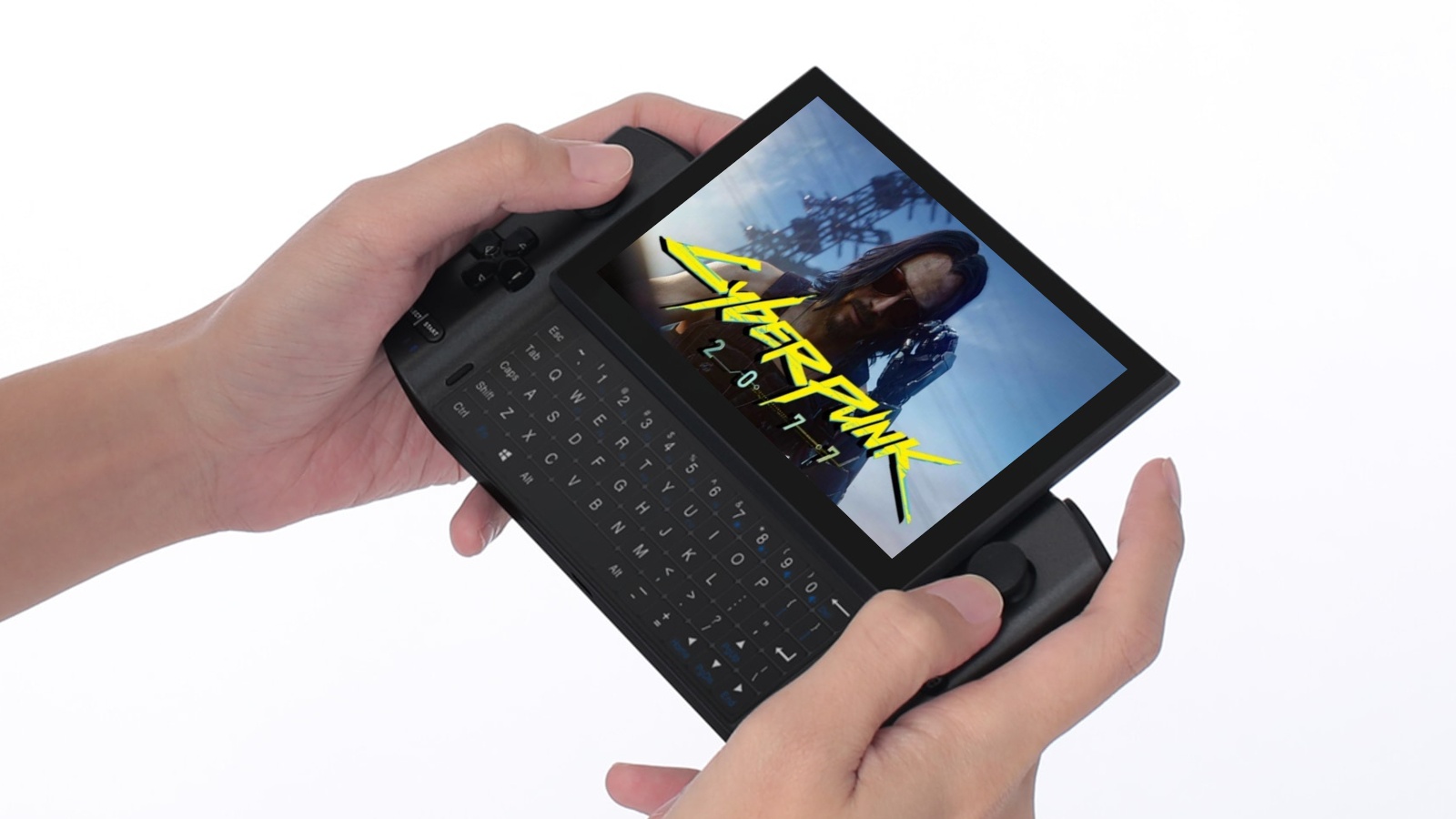Last update: February 14, 2021
Last change: Editorial opinion added
Hardly a day goes by without the poor availability of (PC) hardware causing negative headlines. Bad news of difficulties in production and of cryptominers who are now even throwing themselves on laptops in the digital gold rush have become as ubiquitous as the associated lunar prices for almost everything that has a dedicated graphics accelerator.
With its latest handheld PC, the Chinese manufacturer GamePad Digital would like to prove that AAA gaming is also possible without the latter. Driven by an 11th generation Intel processor including an integrated Iris-Xe graphics unit, the GPD Win 3 should provide up to 60 FPS in modern games.
Quick navigation:
For around 660 dollars supporters of Indiegogo Campaign currently save the standard version of the handheld before the device is later also available as a retail version at an additional cost. Whoever strikes now can, according to GamePad Digital, expect a delivery in March.
Whether and for whom the GPD Win 3 could be worthwhile, let’s take a closer look at the product information and first test videos in this article. In addition, we classify what makes the handheld PC actually different from competing products such as the Aya Neo takes off, which we had already presented to you elsewhere:
more on the subject
New PC handheld is coming soon, cyberpunk packs surprisingly well
Who is GamePad Digital?
GamePad Digital or GPD for short is a manufacturer that has already made a name for itself in the past w ith mobile and particularly compact Windows PCs. GPD’s product catalog is mainly divided into extremely small laptops or ultrabooks from the Pocket series and handheld PCs from the WIN series, which are primarily aimed at gamers.
The company often uses crowdfunding through platforms such as Indiegogo.com to fund its products. Although supporters of the projects sometimes had to struggle with technical inconsistencies in early product revisions or the shipping time (via reddit.com), GPD seems to have a pretty serious reputation overall when it comes to trustworthiness.
Crowdfunding risks
Basically, caution is advised when it comes to crowdfunding. As a rule, there is no guarantee that the companies will successfully implement their projects, keep their promises and ultimately deliver a product to your home. In order to avoid a bad investment, you should therefore always find out about the campaign and the company beforehand and expect that in the worst case you will literally pay hardship.
What does the GPD Win 3 have to offer?
If we compare it to the already mentioned Aya Neo, it is immediately noticeable that both devices look relatively similar at first glance and are visually reminiscent of the Nintendo Switch. After taking a closer look at the two handheld PCs and their respective Indiegogo pages, however, it becomes apparent that the GPD Win 3 seems to be a bit more multifaceted.
While GamePad Digital primarily markets its handheld as a console, this is ironically closer to the full range of functions of a dedicated PC than z. B. the Aya Neo. At the same time, the GPD Win 3 also stands out with features that were previously more likely to be found in the common handheld consoles from Nintendo and Co.
The special features of the GPD Win 3 One example is an integrated backlit keyboard. This is located under the screen of the device, which can be pushed up by a mechanism. In contrast to other GPD products, the keyboard only consists of a flat surface that offers haptic feedback only through vibrations of the entire device.
Two analog triggers, however, could console gamers about the compromises made with the keyboard. After all, not even the Nintendo Switch has such pressure-sensitive shoulder buttons. Racing game enthusiasts in particular should be happy about this addition.
Optional dock: Nintendo’s switch sends its regards
Another unique selling point is an optional dock, which is similar in functionality to that of the Nintendo Switch and is currently available in a set with the GPD Win 3 for around 800 dollars – the retail price will later be around 1,000 dollars.
The main difference to the switch counterpart, however, is that the GPD dock supports HDMI 2.0b and thus offers more bandwidth for video output. Thus, among other things, HDR content can also be transmitted.
More performance with an external graphics card: The USB-C interface on the handheld itself also supports Thunderbolt 4 and thus enables the use of an eGPU, should the Iris-Xe-iGPU not be enough for you – more on that later.
Thanks to a Core i5-1135G7 or Core i7-1165G7 paired with 16 gigabytes of LPDDR4x 4266 and a (exchangeable) NVMe SSD that is connected via PCIe 4.0, the said eGPU should have enough power available to use its full potential .
In the next section we take a look in particular at the integrated graphics performance of the GPD Win 3. The test results are a little more positive than in the case of Intel’s desktop version. You can find out more about this in the following article:
more on the subject
New graphics cards from Intel – Leak gives rise to little hope









